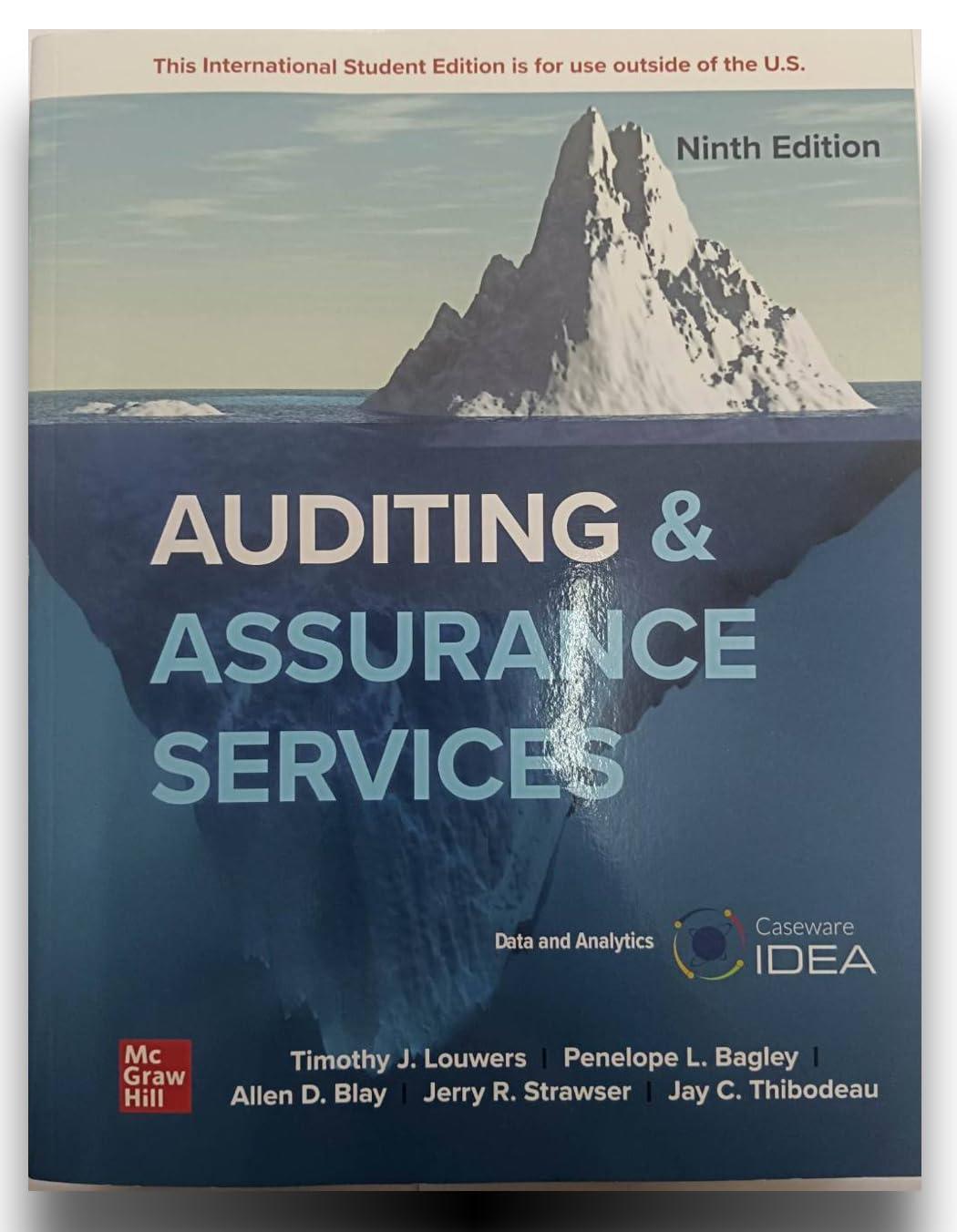Question
Start with the partial model in the file Ch09 P10 Build a Model.xls on the textbooks Web site, which contains the 2015 financial statements of
Start with the partial model in the file Ch09 P10 Build a Model.xls on the textbooks Web site, which contains the 2015 financial statements of Zieber Corporation. Forecast Zeiber's 2016 income statement and balance sheets. Use the following assumptions: (1) Sales grow by 6%. (2) The ratios of expenses to sales, depreciation to fixed assets, cash to sales, accounts receivable to sales, and inventories to sales will be the same in 2016 as in 2015. (3) Zeiber will not issue any new stock or new long-term bonds. (4) The interest rate is 11% for long-term debt and the interest expense on long-term debt is based on the average balance during the year. (5) No interest is earned on cash. (6) Regular dividends grow at an 8% rate. (6) Calculate the additional funds needed (AFN). If new financing is required, assume it will be raised by drawing on a line of credit with an interest rate of 12%. Assume that any draw on the line of credit will be made on the last day of the year, so there will be no additional interest expense for the new line of credit. If surplus funds are available, pay a special dividend. Key Input Data: Used in the forecast Tax rate 40% Dividend growth rate 8% Rate on notes payable-term debt, rstd 9% Rate on long-term debt, rd 11% Rate on line of credit, rLOC 12% a. What are the forecasted levels of the line of credit and special dividends? (Hints: Create a column showing the ratios for the current year; then create a new column showing the ratios used in the forecast. Also, create a preliminary forecast that doesn't include any new line of credit or special dividends. Identify the financing deficit or surplus in this preliminary forecast and then add a new column that shows the final forecast that includes any new line of credit or special dividend.) Begin by calculating the appropriate historical ratios in Column E. Then put these ratios and any other input ratios in Column G. Forecast the preliminary balance sheets and income statements in Column H. Don't include any line of credit or special dividend in the preliminary forecast. After completing the preliminary forecast of the balance sheets and income statement, go to the area below the preliminary forecast and identify the financing deficit or surplus. Then use Excel's IF statements to specify the amount of any new line of credit OR special dividend (you should not have a new line of credit AND a special dividend, only one or the other). After specifying the amounts of the special dividend or line of credit, create a second column (I) for the final forecast next to the column for the preliminary forecast (H). In this final forecast, be sure to include the effect of the special dividend or line of credit. Income Statements: 2015 2015 Historical ratios Forecasting basis 2016 Input ratios 2016 Preliminary forecast (doesn't include special dividend or LOC) 2016 Final forecast (includes special dividend or LOC) (December 31, in thousands of dollars) Sales $455,150 Growth Expenses (excluding depr. & amort.) $386,878 % of sales Depreciation and Amortization $14,565 % of fixed assets EBIT $53,708 Interest expense on long-term debt $11,880 Interest rate x average debt during year Interest expense on line of credit $0 EBT $41,828 Taxes (40%) $16,731 Net Income $25,097 Common dividends (regular dividends) $12,554 Growth Special dividends Zero in preliminary forecast Addition to retained earnings $12,543 Balance Sheets 2015 2015 Historical ratios Forecasting basis 2016 Input ratios 2016 Preliminary forecast (doesn't include special dividend or LOC) 2016 Final forecast (includes special dividend or LOC) (December 31, in thousands of dollars) Assets: Cash $18,206 % of sales Accounts Receivable $100,133 % of sales Inventories $45,515 % of sales Total current assets $163,854 Fixed assets $182,060 % of sales Total assets $345,914 Liabilities and equity Accounts payable $31,861 % of sales Accruals $27,309 % of sales Line of credit $0 Zero in preliminary forecast Total current liabilities $59,170 Long-term debt $120,000 Previous Total liabilities $179,170 Common stock $60,000 Previous Retained Earnings $106,745 Previous + Addition to retained earnings Total common equity $166,745 Total liabilities and equity $345,914 Identify Financing Deficit or Surplus Increase in spontaneous liabilities (accounts payable and accruals) + Increase in long-term bonds, preferred stock and common stock + Net income (in preliminary forecast) minus regular common dividends Increase in financing Increase in total assets Amount of financing deficit or surplus: If deficit in financing (negative), show the amount for the line of credit If surplus in financing (positive), show the amount of the special dividend a. What are the forecasted levels of the line of credit and special dividends? Required ine of credit Note: we copied values from H99:H100) when sales growth in G51 = 6%. Special dividends b. Now assume that the growth in sales is only 3% (do this by changing the growth rate in Cell G51). What are the forecasted levels of line of credit and special dividends? Required ine of credit Note: we copied values from H99:H100) when sales growth in G51 = 3%. Special dividends
Step by Step Solution
There are 3 Steps involved in it
Step: 1

Get Instant Access to Expert-Tailored Solutions
See step-by-step solutions with expert insights and AI powered tools for academic success
Step: 2

Step: 3

Ace Your Homework with AI
Get the answers you need in no time with our AI-driven, step-by-step assistance
Get Started


